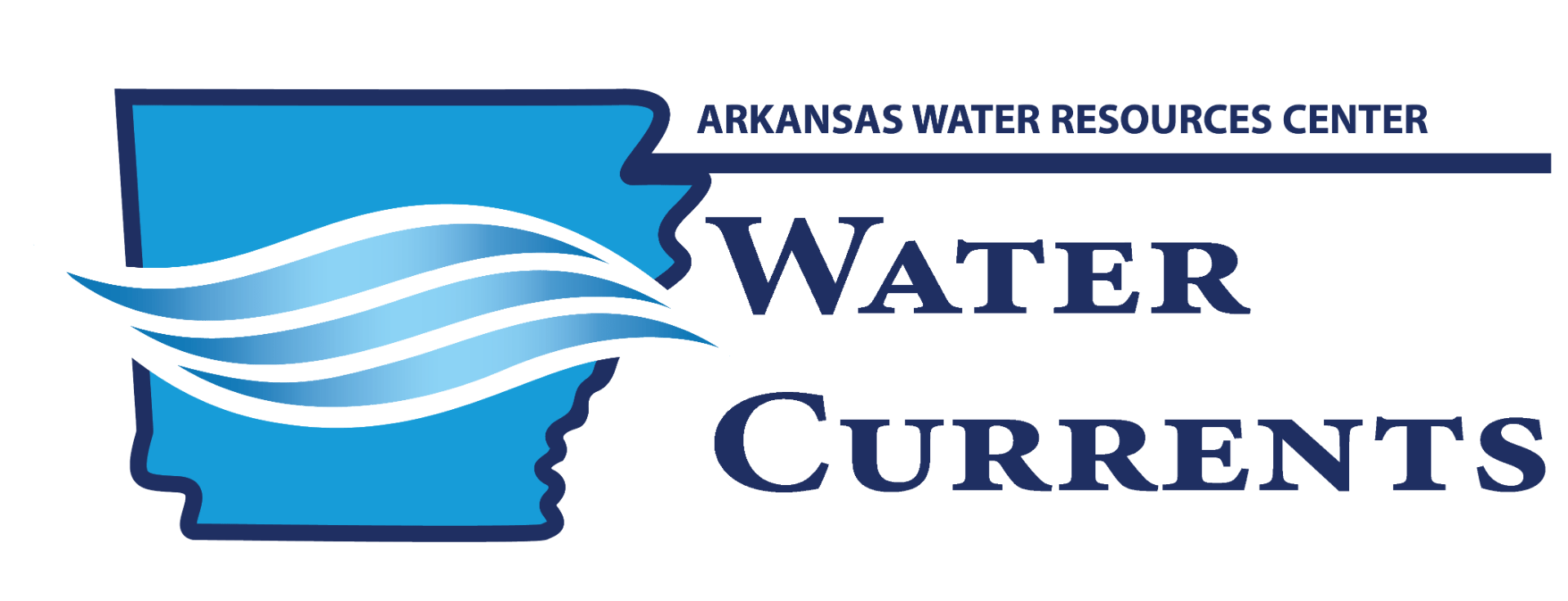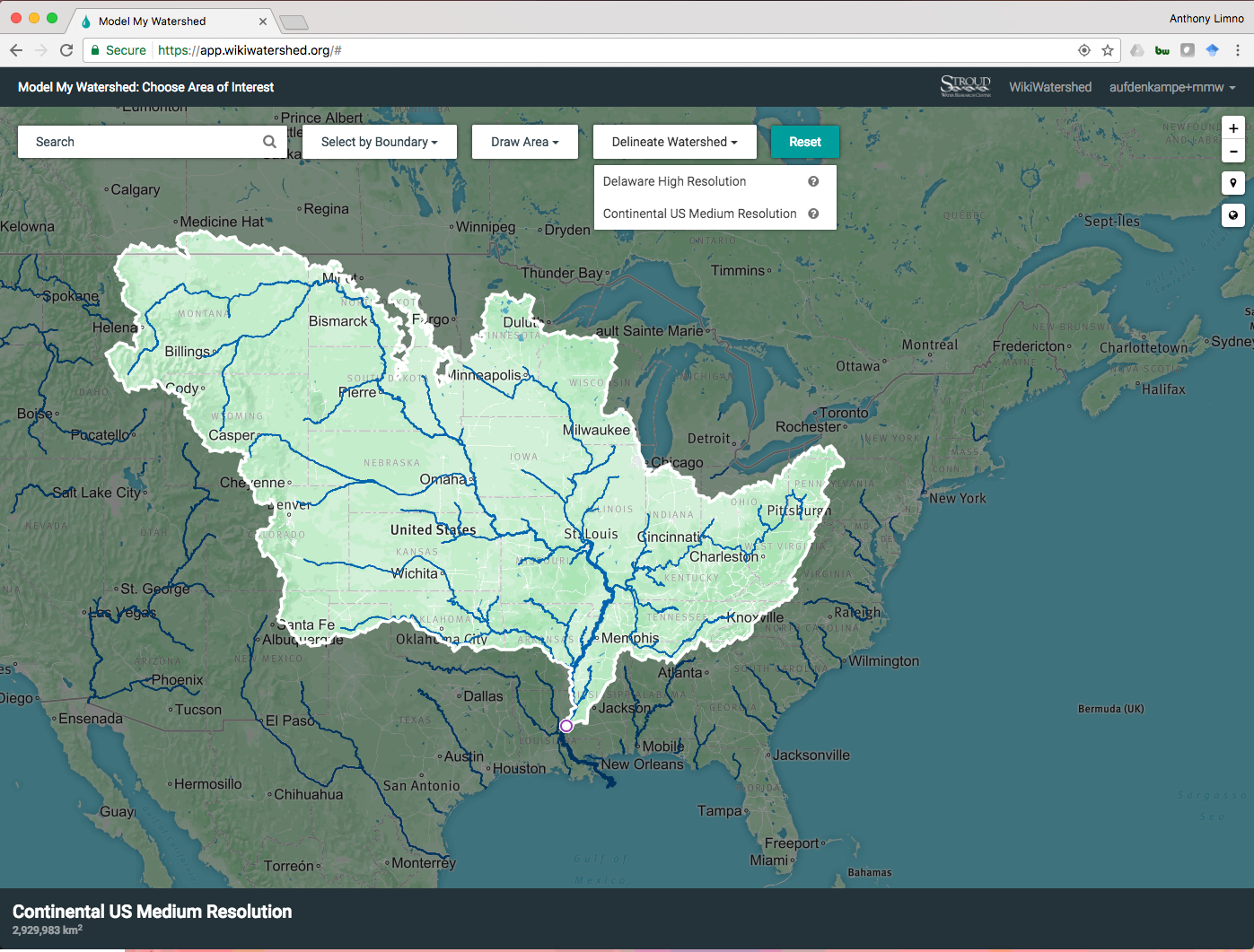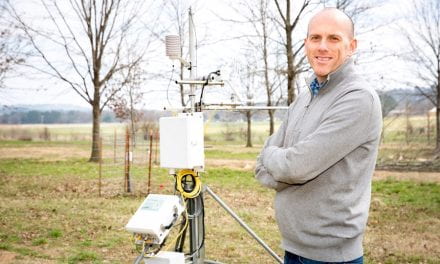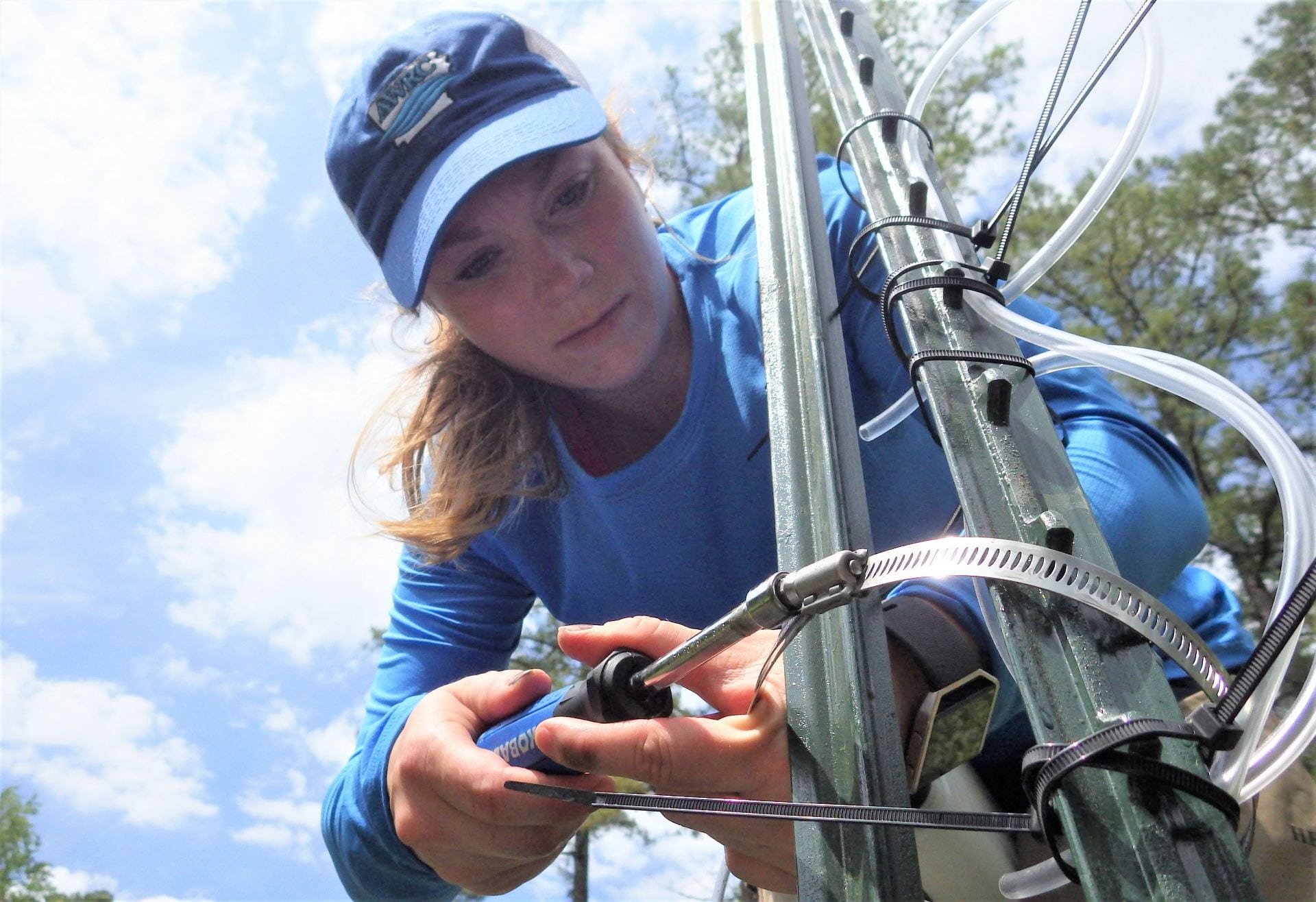
Study Examines Phosphorus Pollution in the Illinois River Watershed
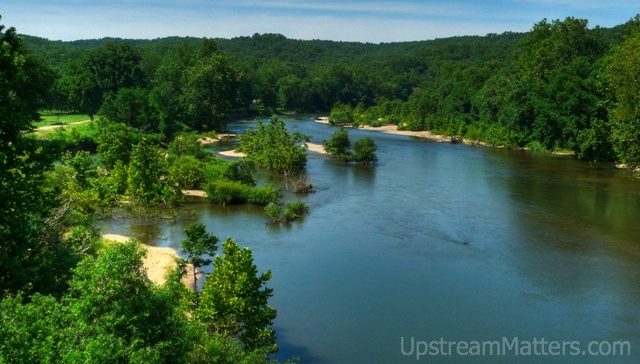
The Problem: Excess phosphorus (P) has been a long-running problem in the Illinois River Watershed, a transboundary watershed where water flows from Arkansas into Oklahoma. Productive agriculture and wastewater treatment facilities of rapidly growing cities in the Arkansas portion of the Watershed have the potential to contribute P to area streams and ultimately the Illinois River. For instance, Arkansas is the second largest broiler producer in the US, with three billion dollars in revenue for the State each year. The manure from poultry production (i.e., litter) is a valuable source of fertilizer for area pastures, but over a number of years, production can exceed pasture needs and P can accumulate at the soil surface, especially when the litter is applied as a source of needed nitrogen.
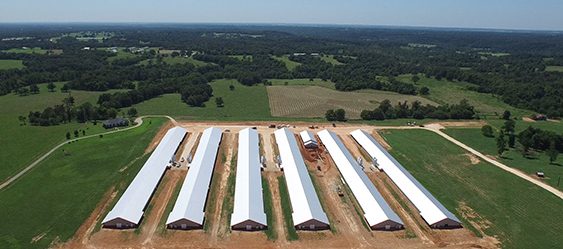
So What?: Although farmers have reduced litter (and P) applications to less than a third of rates prior to 2003 lawsuits, this “legacy” P can be a long-term source of P to area streams. This means we need to improve our understanding of the sources, both short-term and long-term, of P transport to streams and rivers without sacrificing food production and economic revenue.
The Research Question: Drs. Rosalind Dodd, Post-Doctoral Associate and Andrew Sharpley, professor in the Department of Crop, Soil and Environmental Sciences at the University of Arkansas, wanted to know what the potential for P storage and release was from three different types of landscapes – agricultural, urban, and forest. They also wanted to know if there was a difference in the type of P being stored or transported, and do these differ at various points within the landscape, from the field to the riparian area to in the stream bed.
The Methods: Dodd and Sharpley studied the Goose Creek Watershed, which flows into the Illinois River. They collected soil samples at 7 locations over a two-day period in August 2015 during base-flow conditions. Five of these locations were within an agricultural landscape, 1 location was within an urban landscape, and 1 location was within a forested landscape. For each location, soil samples were collected from the streambed, the riparian area, and from a field adjacent to the stream and which contributed runoff to the stream. They measured several different forms of P to determine how likely these P fractions were to be transported during rainfall runoff events. Keep in mind that typically, most P and sediment transport to streams from the landscape occurs during rainfall events, when water runs off the landscape and into nearby streams and rivers.
The Findings: Soil P concentrations, especially water extractable P (WEP), were significantly higher in 3 of the 5 agricultural soils of Goose Creek compared to the urban and forest soils. These high levels of WEP can mean a greater potential for P transport from the fields to streams during rainfall runoff events. But, soil P was similar in the streambed sediments across the agriculture, urban and forest landscapes. This means that for these study sites, P did not appear to accumulate in bed sediments of streams draining agricultural land.
The Benefits: Acceptable P concentrations in the Illinois River Watershed have been a long-standing, contentious issue between Arkansas and Oklahoma. Both states are coming together to identify specific research needs and conduct scientific investigation within the watershed. Dodd and Sharpley’s research expands on our understanding of how legacy P can be stored and transported across various landscapes throughout the watershed. This information can help inform management activities to reduce P into streams and guide future research regarding legacy P sources and transport.
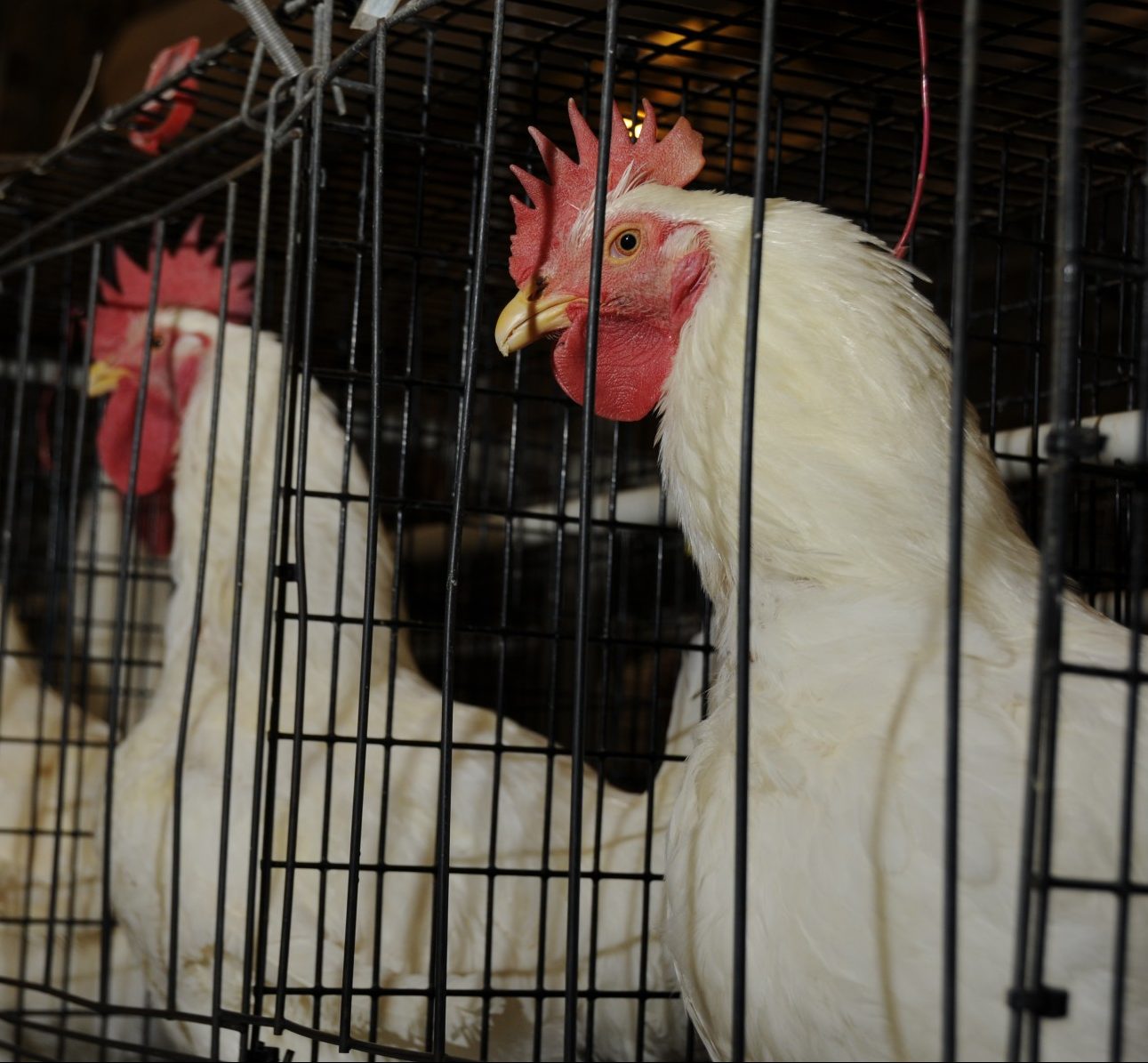
This material is based upon work supported by the U.S. Geological Survey under grant agreement No. G11AP20066 and administered by the Arkansas Water Resources Center. The views and conclusions contained in this document are those of the authors and should not be interpreted as representing the opinions or policies of the U.S. Geological Survey.
